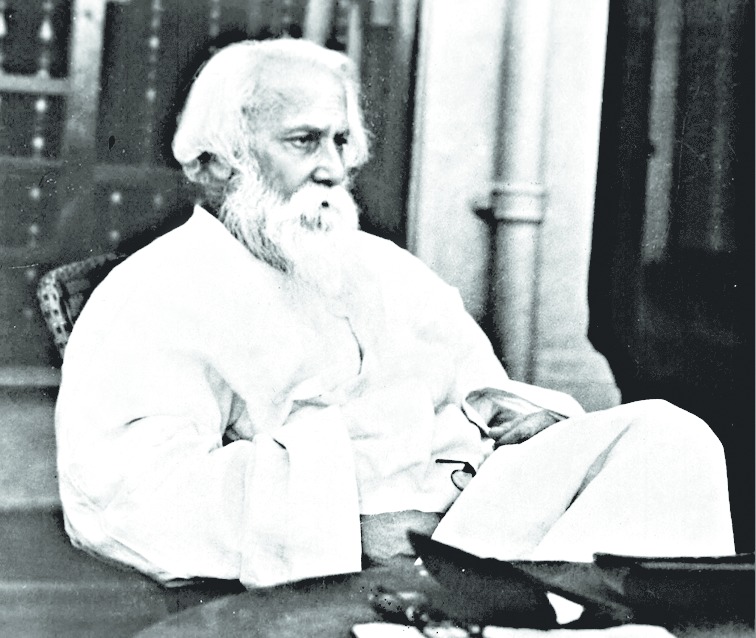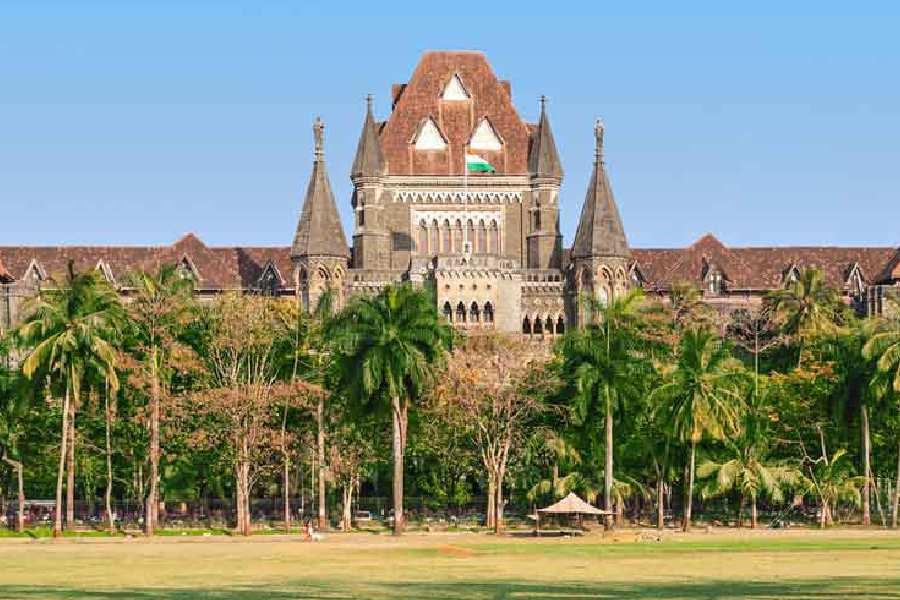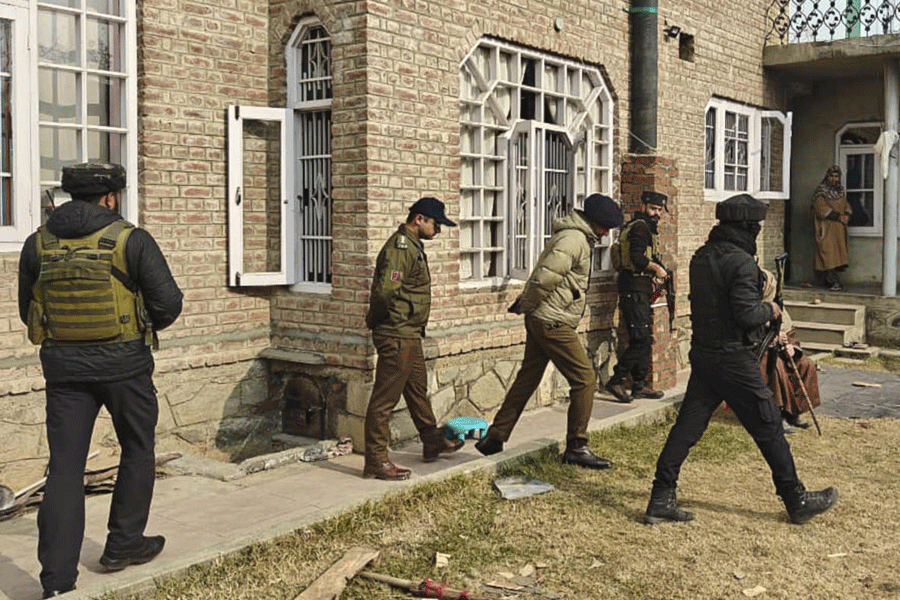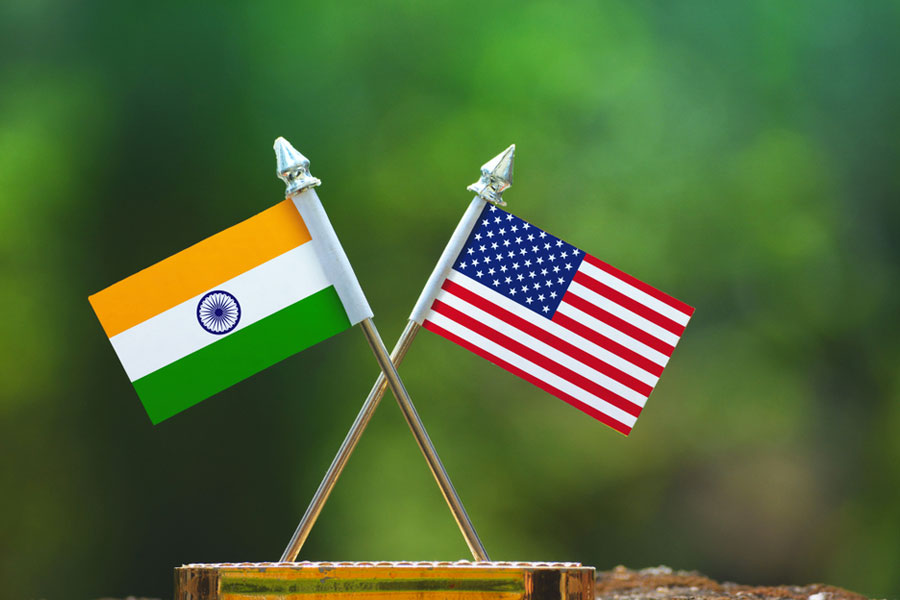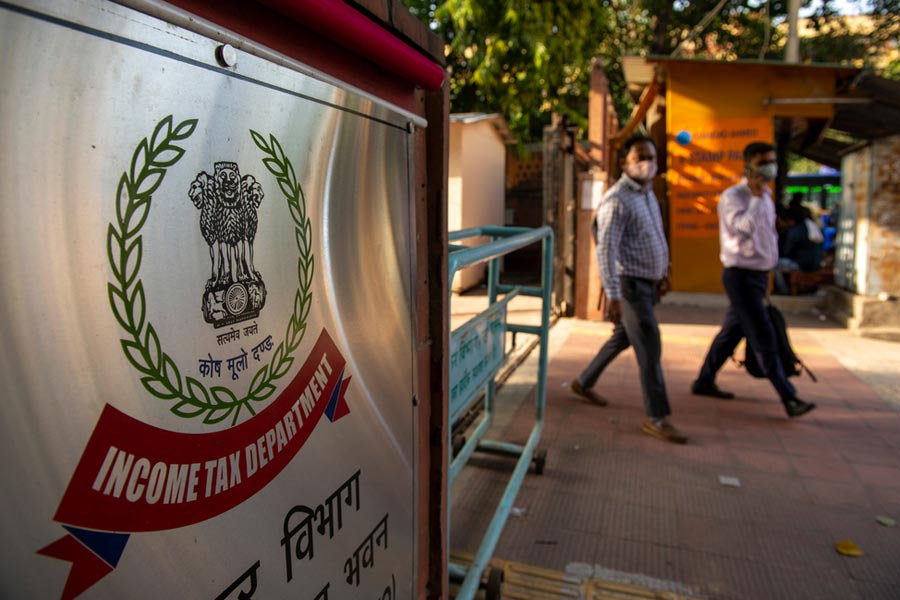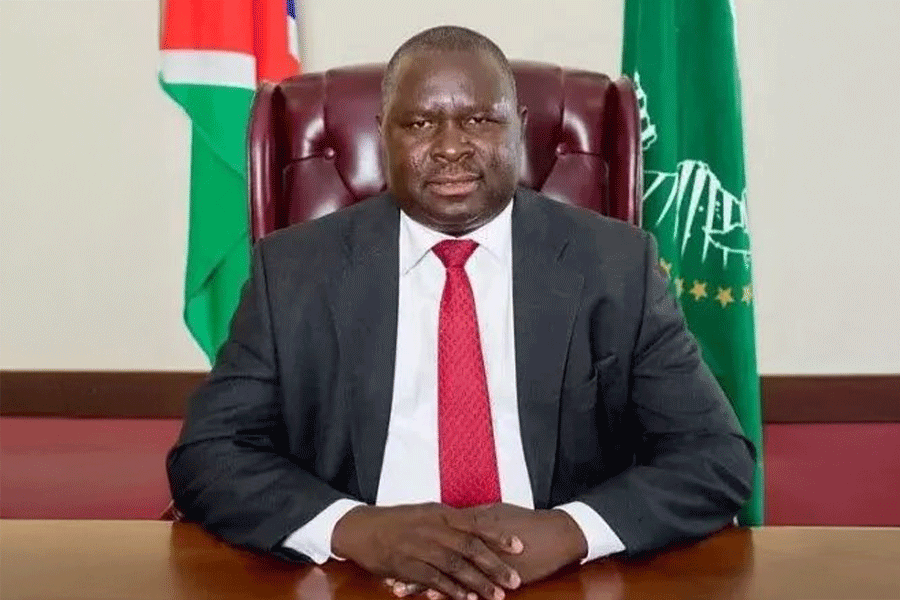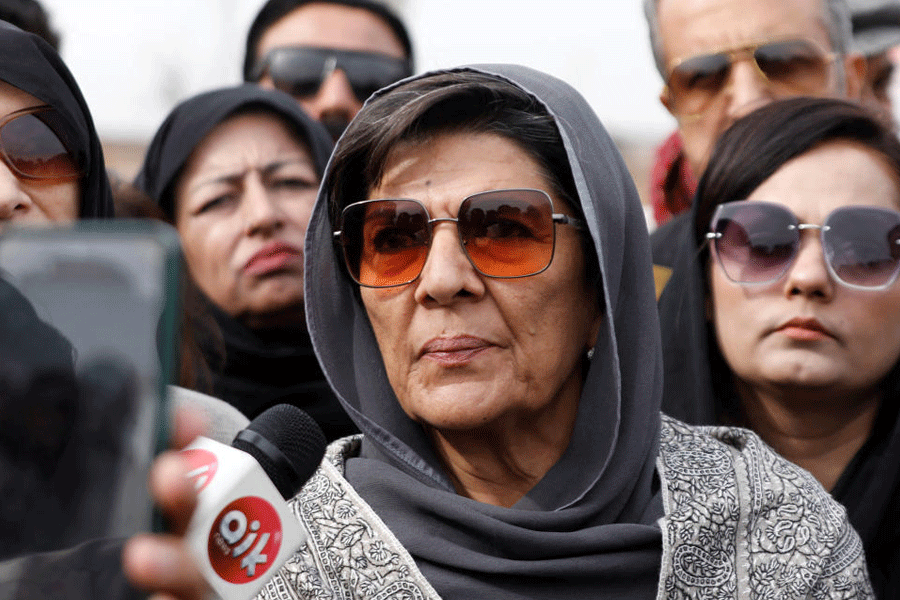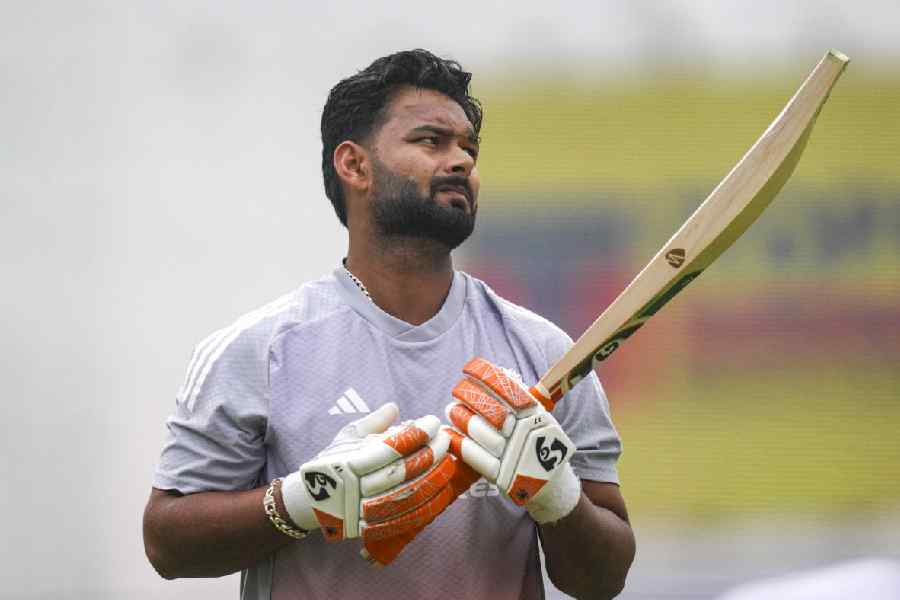
THE LITERARY THING: HISTORY, POETRY, AND THE MAKING OF A MODERN CULTURAL SPHEREBy Rosinka Chaudhuri, Oxford, Rs 995
This path-breaking book is neither a history of Bengali poetic practice nor a history of representations. It is - as the author observes - "a succession of discrete cross-sectional examinations of moments in time in the history of 'poetry'." Rosinka Chaudhuri, in this study, maps the crucial 50 years in 19th century Bengal, from 1831 to 1881, and explores in the process the formulation of a modern literary culture in the colonial period. She examines the oeuvres of Iswarchandra Gupta, Rangalal Bandyopadhyay, Madhusudan Datta, Hemchandra Bandyopadhyay, Nabinchandra Sen and Rabindranath Tagore in order to trace and depict the social Weltanschauung and its multilayered relation to poetic creativity. Based on the interdisciplinary method, the book places the poetic practices of the former in the broader and comprehensive context of history, aesthetics and politics. In a word, the author concerns herself with what Ingrid Kirschner Woldt calls the sociology of poetry.
After Bankimchandra's discovery of Iswarchandra Gupta, the modern critic, Bishnu Dey, evaluated him in novel terms in his singular book Sahityer Bhabisyat (The Future of Literature). While Bankimchandra experienced in him the last voice of traditional Bengali poetry, Bishnu Dey discerned in him the genuine ingredients of timeless Bengali culture. Iswarchandra excelled in writing satirical verse. He also chose to write on many subjects and objects which gave to his poetry a material content. He was also the editor of Sambad Pravakar and this newsman in him prompted him to write poetry on the material world. Rangalal Bandyopadhyay was influenced to a large extent by contemporary European poetry and he used the European form to accommodate Indian themes, like the trials and fate of Padmini. The famous poetic statement 'Swadhinata - hinotay ke banchite chay re ke banchite chay' (Who wants to live without freedom, who wants to) goes back to him. Hemchandra concentrated on the politics of his time and aspired for the freedom of his country through his creativity. An example of this kind of poetry is Bharat Sangit (Song of India). As in the case of Rangalal, Hemchandra's epical endeavours disclose very clearly that he chose to be influenced by contemporary English poetry. Nabinchandra's poetry was a projection of his personality. If one reads his autobiography Amar Jiban (My Life), one finds no difficulty in evaluating his poetry in the light of his own volition and desires. The last two elements spoilt the measure, purity and balance of his epical poetry. Rosinka Chaudhuri has analysed the poetry and world view of these poets with superb insight and critical brilliance. She has stressed, adequately and appropriately, the element of "materiality' in Iswarchandra's poetry, the aspect of politics in Hemchandra's verse, and the use of history in Nabinchandra's creativity, especially in Palashir Yudha.
However, the essay for which I have a special fascination is titled, 'Michael Madhusudan Datta and the Marxist Understanding of the 'Real Renaissance' in Bengal. The author states in this paper that the eminent poet and literary critic, Bishnu Dey, emphasized the tragic limitations of the so-called Bengal Renaissance. Bishnu Dey claimed, and rightly so, that to attain a full and genuine Renaissance in the colonized condition is a well-nigh impossibility. It is worthwhile to note in this context that neither a historian nor a sociologist but a poet and literary critic drew our attention to the thwarted nature of the Bengal Renaissance. Bishnu Dey wrote "(that is why) Michael, even with his tragically short maturity, realised his country's divided state where the English awakening was unavoidable, yet nothing more than an empty and bitter space" (translated by the author). Indeed, the Marxist critique highlighted this 'empty and bitter space' in emphatic terms. The last lines of this essay could be regarded as conclusive and definitive on the subject: "I am not attempting to redeem Madhusudan, nor am I interested in resurrecting the idea of the Bengal Renaissance; the effort, rather, is to bring out the local, political contingencies of the readings of the past, and to propose thereby that any reading is subject to a temporal vision which decides, only temporarily, on the dynamism or the tragedy of historical agents or moments whose meaning we must each learn to decipher according to our diverse conjunctures and specific occasions of interpretation".
Appropriately enough, the book ends with the chapter on Tagore's emergence and the first phase of his creativity. Titled ' Rabindranath's Early Style and Reconstruction of the Past', this paper examines the impact of Biharilal's poetry on Tagore's creative start. Tagore himself wrote, "Just as Paul-Virginie had introduced me close at hand to nature and man, so too in Biharilal's poetry, in the same way, I found an intimate friend". Rosinka Chaudhuri has delved deep into this phase of Tagorian creativity as is borne out by her masterly essay on Tagore's Nirjharer Swapnobhango, which will appear soon in the anthology Tagore - The World as his Nest. It is in this particular period of Tagorian creativity, especially in Bhanusingher Padavali and Nirjharer Swapnobhango that we discern 'the rustle of language' - to employ the critical idiom of Roland Barthes - perceptively chosen by the author.
At the very end of this sensitive scholarly journey, the author invokes the great, 20th-century critic and thinker, Theodor Wiesengrund Adorno whose excellent estimate of Beethoven's late style could be utilized to describe Tagore's progress as well. In Tagore's case as well as in Beethoven's, the 'subjective approach predominates', which implies "the rejection of all conventions, and the remoulding of those that prove inevitable in accordance with the requirements of expression".
Reading this book has been a fruitful experience. If I am not mistaken, this is the first sustained example of perceptive application of modern Western theories which evaluates the creativity of 19th century Bengali poetry beginning from Iswarchandra Gupta and ending with Nabinchandra Sen. It teams up with the reviewer's own analysis of modern Bengali poetry, especially Bishnu Dey's creativity, with the help of neo-Marxian aesthetics. Adorno, Michel Foucault and Barthes have effortlessly trooped in to provide the necessary theoretical ballast. Indeed, a pioneering book such as this, based on the principles of comparative literature, should encourage and prompt others to continue on this path.
There is only one slight misgiving - the prose style could have been less complex at some points. However, there is no exaggeration in claiming that the style would be certainly less complex in the author's future works. I think we are still waiting for a T.S. Eliot, Bertrand Russell and an Amartya Sen in our ever-widening literary circle, as far as the expectation of simple and meaningful prose style is concerned.

